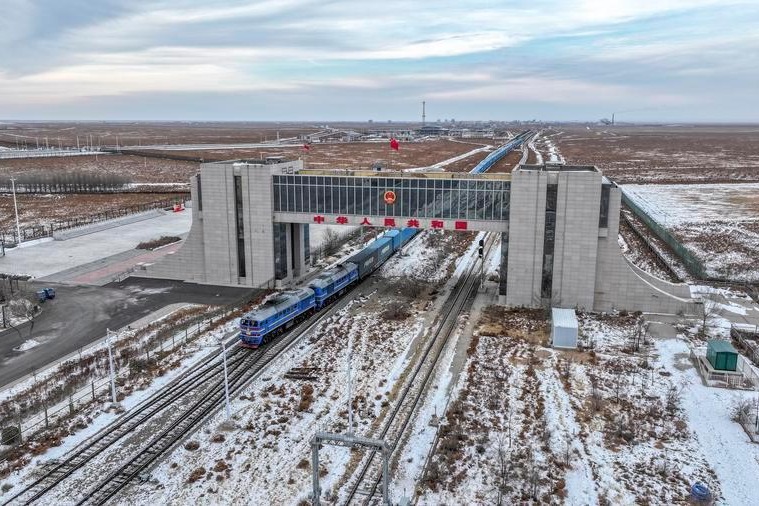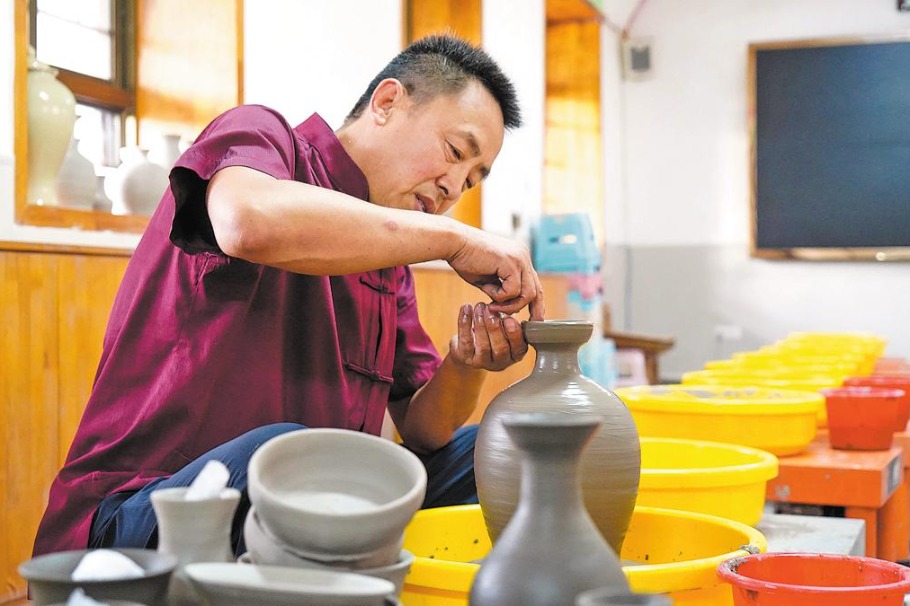Driving China's healthcare to the next level

After the explosive growth of the e-commerce and fintech industries, the next big industry with the potential to significantly disrupt the world is healthcare services supported by smart technology.
As of 2017, China's aging population (those above 60 years) amounted to 240 million, giving the country the largest senior population in the world.
Chronic illness is one of the major threats facing China's healthcare system, with those affected having on average 1.73 types of chronic illnesses and the senior population accounting for 75 percent of all those affected.
Given the imminent struggle to contain rising healthcare costs while meeting the 19th Congress' "Healthy China" strategy, much focus will be placed on delivery of primary care and health promotion to seniors.
The National Senior Pension Strategy emphasizes that a majority of the senior population will stay at home, as moving seniors into long-term care facilities away from home has shown over time to be more costly. It also diminishes social and family interaction that is beneficial to a senior's mental and emotional health.
Given the size of the country, promoting healthy lifestyles and the delivery of healthcare services in rural areas as well as in urban communities will pose new challenges for public health departments and healthcare providers, especially in light of human resources shortages.
In both primary and long-term care alike, China is facing a major workforce crisis. It is tough to recuit family doctors and not enough healthcare professionals — ranging from doctors and nurses to psychiatrists — are being trained in geriatric and chronic illness care.
Long-term care service providers are simliarly experiencing difficulties in recruiting nurses and assistants, whose training in chronic illness management of frail or disabled seniors is still basic and overall non-standardized.
Technological innovations such as healthcare information management systems, use of artificial intelligence for analyzing scans and virtual reality training in smart health diagnostic equipment are just a few scenarios where technology can help.
Technological innovations will be critical to managing population health in China and other developing countries that use the least amount of resources while striving for higher quality of care.
The promise of information and technological revolution can quickly transform information management for patients and service providers, delivery coverage of services, coordination of patients and service providers. This issue was often discussed during healthcare sessions at Davos 2018.
Technology by itself is a passive solution. As an enabler of information and services, technology becomes a powerful tool for government, insurance companies and healthcare providers to manage a population's health.
Data-driven service coordination can drive precision medicine development, standardize healthcare services and create better health outcomes.
Development of healthcare-service standards with the use of information technology such as the Internet of Things is a necessary and winning combination that promotes innovation in service delivery and drives overall costs down.
Working closely with the government, healthcare providers and experts is key to promoting service standards across the industry via a common platform.
When there are service standards for the healthcare industry, technology firms can better compete on speed, quality and cost innovation through their products with comparative data that is truly relevant.
Seeing how quickly China has adopted technological solutions in other industries, the fewer regulations in China compared to developed countries; shortages in the healthcare workforce; and the large aging population make the country a compelling business environment for healthcare-technology innovations.
Developing standards for China's healthcare industry will support the use of health technologies and vice versa. Together they can drive toward the next stage of healthcare reform in China — a sustainable healthcare industry and, more importantly, a healthier society.
The author is an adjunct professor at Peking University Global Health Research Institute and executive director of China Primary Care.
- Nation seeks to elevate its higher education system
- Turning nation's aging challenge into opportunity
- Ultra-cheap dress blind boxes spark health, quality concerns
- Chinese researchers find new treatment path for high-risk breast cancer
- China cracks down on organized crime involving minors
- Two Taiwan suspects wanted in mainland smuggling case




































